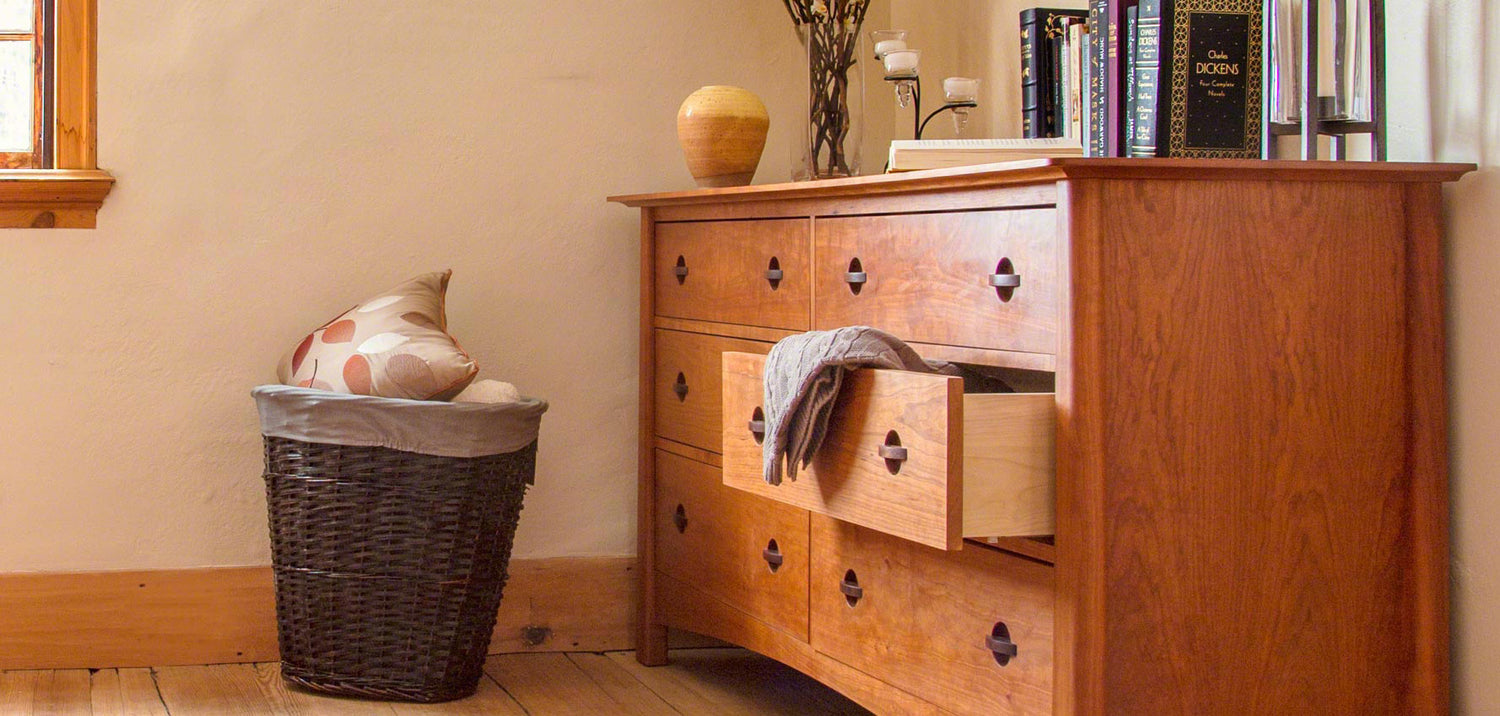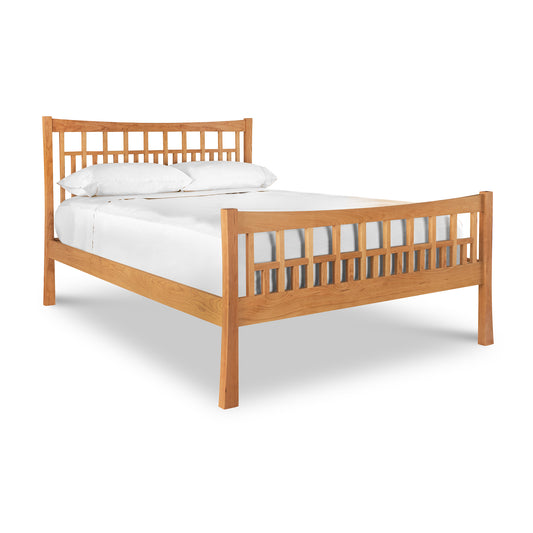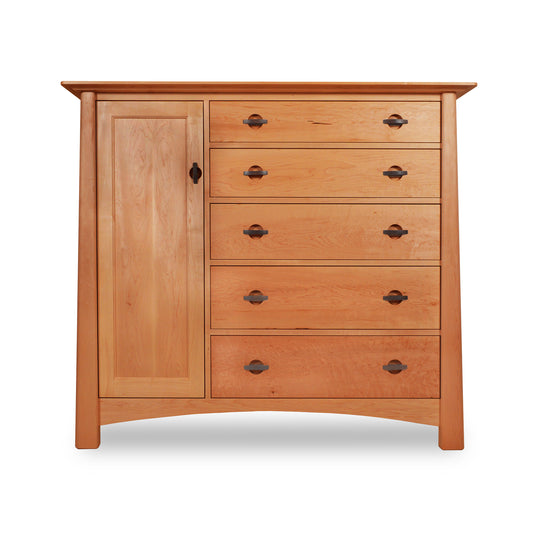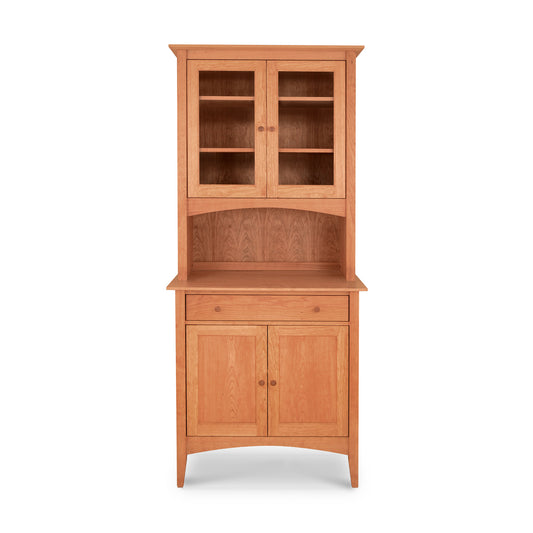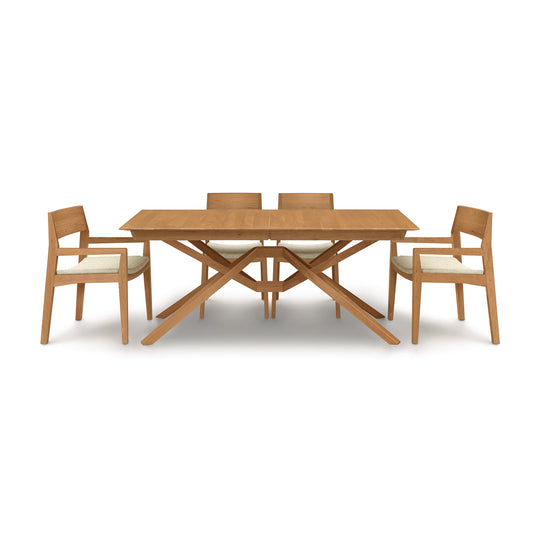Cherry Wood
-
Natural cherry wood is perhaps the most prized furniture hardwood in America. Easily our most popular seller, cherry is a smooth-grained, reddish-brown hardwood that comes from the American Black Cherry fruit tree.
Cherry is renowned among woodworkers and furniture aficionados for its color and aging process. It starts out a light pink and darkens over time to a rich reddish hue with a lustrous patina.
-
Characteristics of Cherry Wood
- Color: Light pink to rich reddish brown
- Source: American Black Cherry Tree (Prunus Serotina)
- Durability: 995 on theJanka scale
- Cost: $3 to $10 per board feet
- Common Uses: Furniture, cabinets, flooring, kitchen accessories
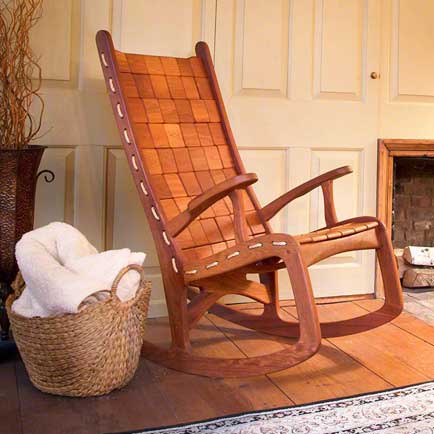
What Color is Cherry Wood?
You may be surprised to learn that natural cherry wood changes colors over time and that the color can vary greatly. It starts out a light golden/pink tone and darkens to a rich, reddish-brown color as it is exposed to light and oxygen.
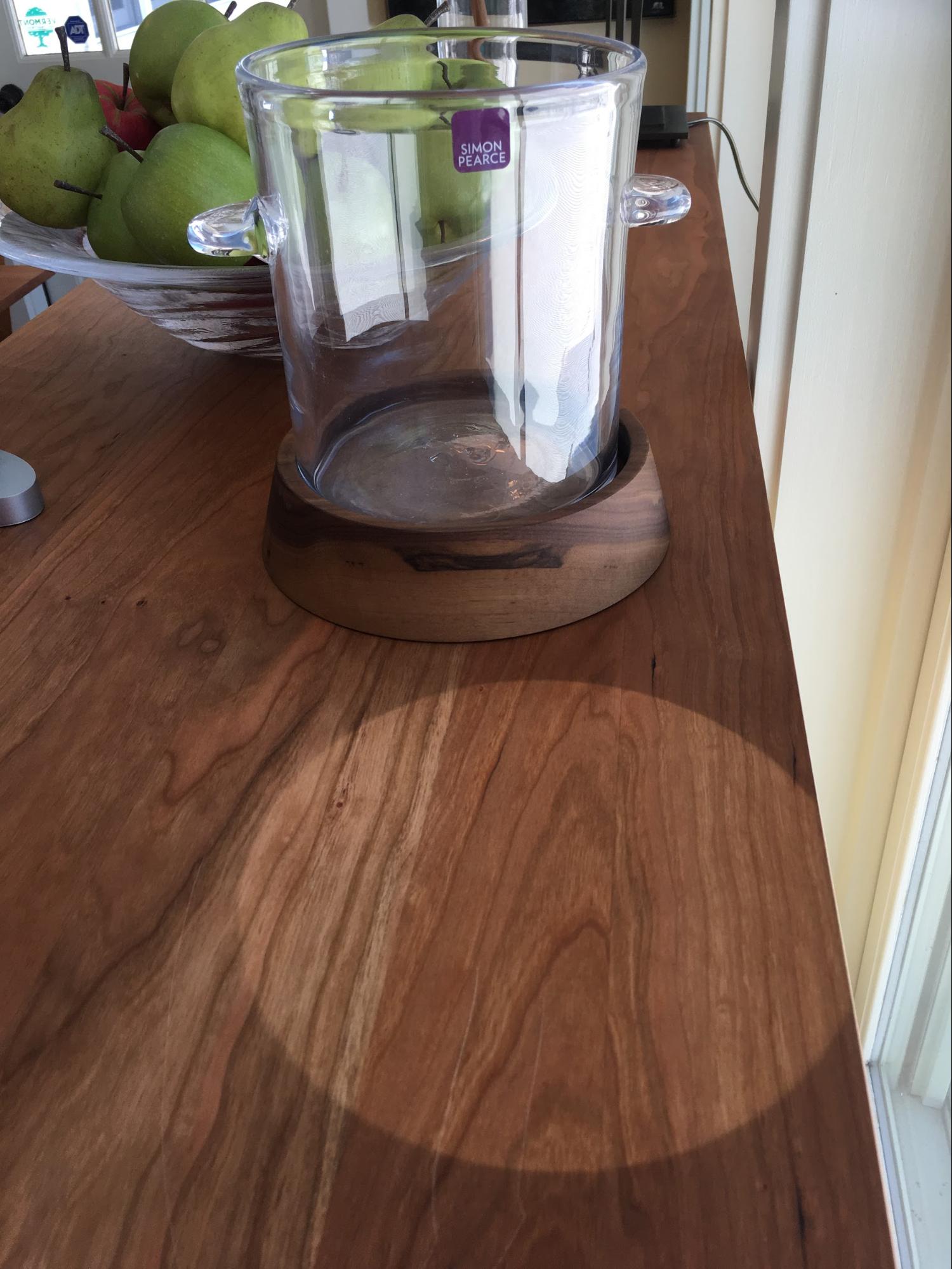
Why Does Cherry Wood Change Color Over Time?
While many types of wood can darken over time, this process can be very distinct when dealing with cherry wood. This darkening or ripening process is most apparent within the first six months of light exposure and it may continue for several years before reaching that beautiful, reddish brown hue that cherry wood is known for. You can accelerate the aging process by exposing the wood to as much natural light as possible.
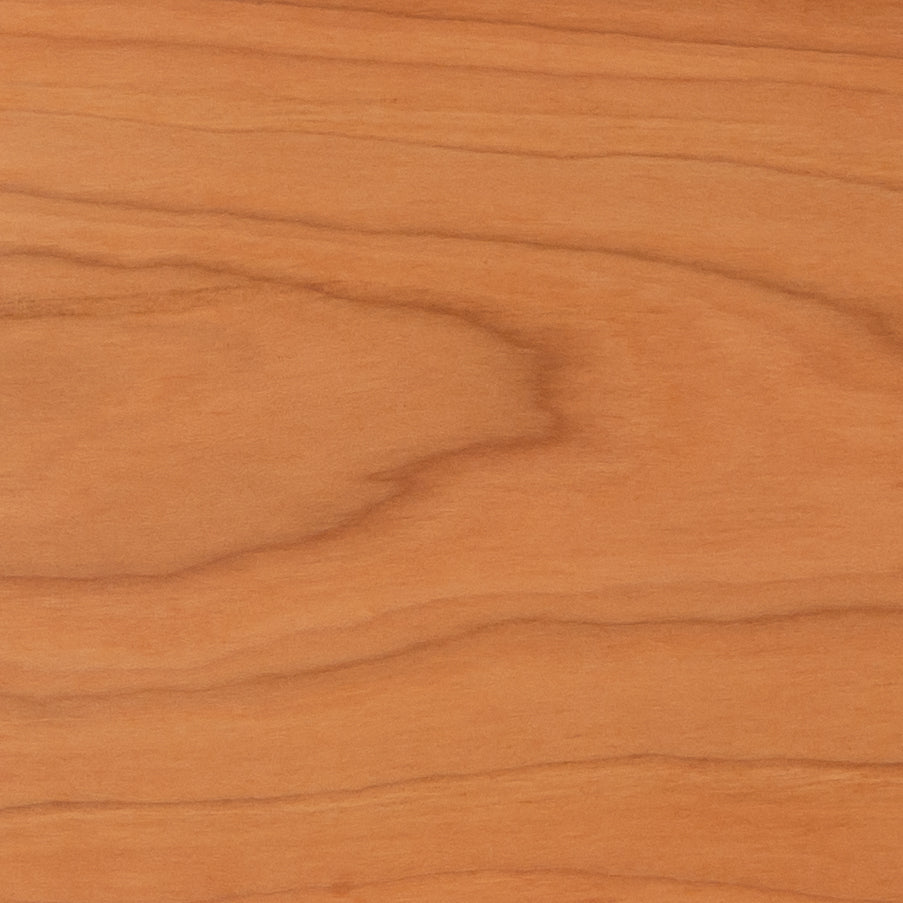
What Does the Grain Pattern of Cherry Wood Look Like?
Cherry wood has a smooth, closed grain pattern, much like that of maple wood. As with any natural product, we expect and embrace unique characteristics in the wood grain. A single cherry wood board can have several contrasting grain patterns depending on the growth of the tree.
Heartwood vs. Sapwood Grain
It is not uncommon to find different grain contrasts in the same piece of solid cherry wood furniture. The lighter grain was closer to the trees bark (sapwood) and the darker grain was closer to the trees center (heartwood).
When choosing boards for your furniture, our craftsmen typically focus on the darker heartwood, although occasionally there will be some sapwood. Our craftsmen will take the time to select and join boards that have the best available color and grain match.
What are the Common Uses of Cherry Wood?
Cherry is perhaps the most prized furniture hardwood in America. Most of the highest grade cherry is used for this purpose. However, mid- and lower-tier cherry wood is often found in kitchen cabinets and wood flooring. Its also common in kitchen accessories like bowls, wood spoons, and cutting boards.
Is Cherry a Hardwood or Softwood?
Because cherry wood is milled from the deciduous prunus serotina, it is indeed considered a hardwood. All of the woods our craftspeople work with at Vermont Woods Studios are classified as hardwoods.
In contrast, wood milled from coniferous trees are considered softwood. Contrary to popular belief, the classification of a wood as a hardwood or softwood has nothing to do with the woods density or resistance to scratches and dents.
-
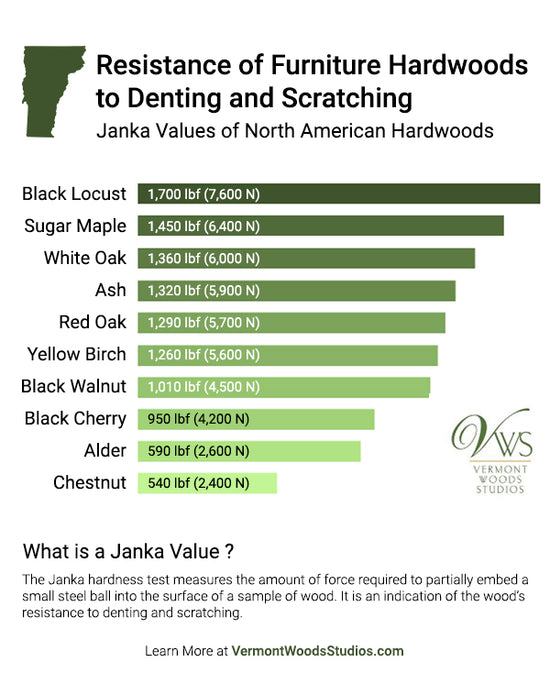
-
How Dense/Hard is Cherry Wood?
The resistance of a species of wood to denting and scratching is measured on the Janka scale. The Janka value is a representation of the amount of force necessary to partially embed a small steel ball into the woods surface, permanently denting the wood. The Janka value of American black cherry wood is 995, which is slightly less than Walnut, Oak, Maple, and Ash, but higher than Pine, Hemlock, Alder, and even Mahogany and Cedar.
Where Does Cherry Wood Come From?
Cherry wood is harvested from the American Black Cherry Tree (prunus serotina). After about ten years of age, the prunus serotina begins producing a small, tart fruit, which is often used in jelly, jams, and more. The fruit produced by the American black cherry tree should not be mistaken for the sweet, juicy cherries you find in your local supermarket. These dime-sized berries grow in clusters on the branches of mature cherry trees and are quickly gobbled up by birds and other animals once ripe.
Where Do American Black Cherry Trees Grow?
Although prunus serotina grows all along the east coast, mid-west, and parts of Mexico, the strongest and healthiest trees are usually found in Pennsylvania, Ohio, and New York. Its from sustainably managed forests in these areas that our craftsmen source their lumber.
How Big Are American Black Cherry Trees?
The American Black Cherry Tree varies in height and diameter based on growing conditions. In the most ideal growing conditions, prunus serotina can grow up to 100 feet tall and 4 feet in diameter. However, most mature cherry trees stand 50-80 ft tall and 2-4 ft in diameter. They may reach full height in as little at 15-20 years and can continue growing for upwards of 250 years.
Can Cherry Furniture Go Outside?
Wood furniture of any kind will deteriorate with the outdoor elements over time, regardless of the wood finish used as a coating. We dont recommend putting your cherry furniture outside. Alternatively, check out our recycled plastic outdoor furniture, which we guarantee for life (and then some).
How Can I Tell if the Furniture I Have is Real Cherry?
Distinguishing wood species based on their appearance is tricky, especially if there has been a stained wood finish applied to the furniture. Many woods share similar grain patterns, and the color of wood changes over time. The best way to figure out what type of wood your furniture is made from is to contact the craftsman who made it and ask.
Is Cherry Wood Eco-friendly? Are American Black Cherry Trees Endangered?
Cherry is the 4th most harvested lumber in the US behind Oak, Poplar, and Ash. The American Black Cherry Tree grows abundantly in much of the eastern US, with the most prized cherry wood coming from the Allegheny Plateau. The relative proximity of these cherry forests translates to a smaller carbon footprint due to shorter transportation routes from forest to mill to craftsman. Using American black cherry lumber also acts as an alternative to imported rainforest woods, which helps to preserve some of the most biodiverse wildlife habitats on the planet.
Read More on the Blog
-
What Color is Real Cherry Wood Furniture?
Read MoreThe color starts out as a light pink and slowly ripens to a rich reddish brown over time, as it's exposed to light and oxygen.
-
Natural Cherry Wood: Mineral Deposits
Read MoreIn cherry wood small black flecks occur in the grain where tiny amounts of sap were stored in the cherry tree.
-
FSC-Certified Cherry Furniture
Read MoreSupporters of the sustainable American-made furniture movement prefer the use of domestic wood over the use of imported FSC certified wood.
-
5 Wood Sourcing Certifications
Read MoreSustainable wood sourcing is essential to protecting forests and conserving resources for future generations. By understanding what each designation stands for, you can make informed decisions when purchasing.
-
Solid Wood Furniture Buyer's Guide
Read MoreShopping online for high quality wood furniture requires some research. After all, fine furniture is a big investment.
Other Types of Wood Species
-
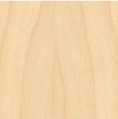
Maple Wood
More About Maple -
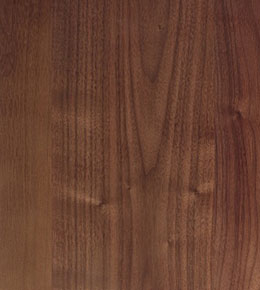
Walnut Wood
More About Walnut -
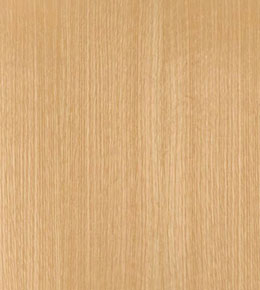
Oak Wood
More About Oak -
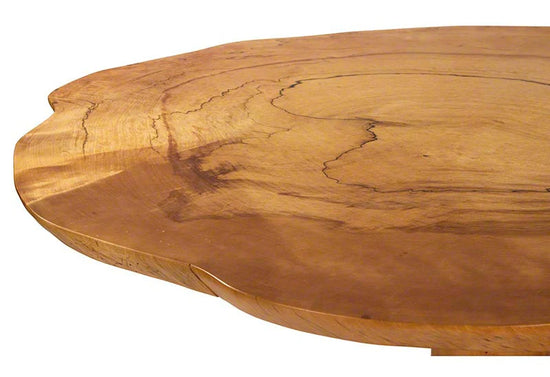
Birch Wood
More About Birch

